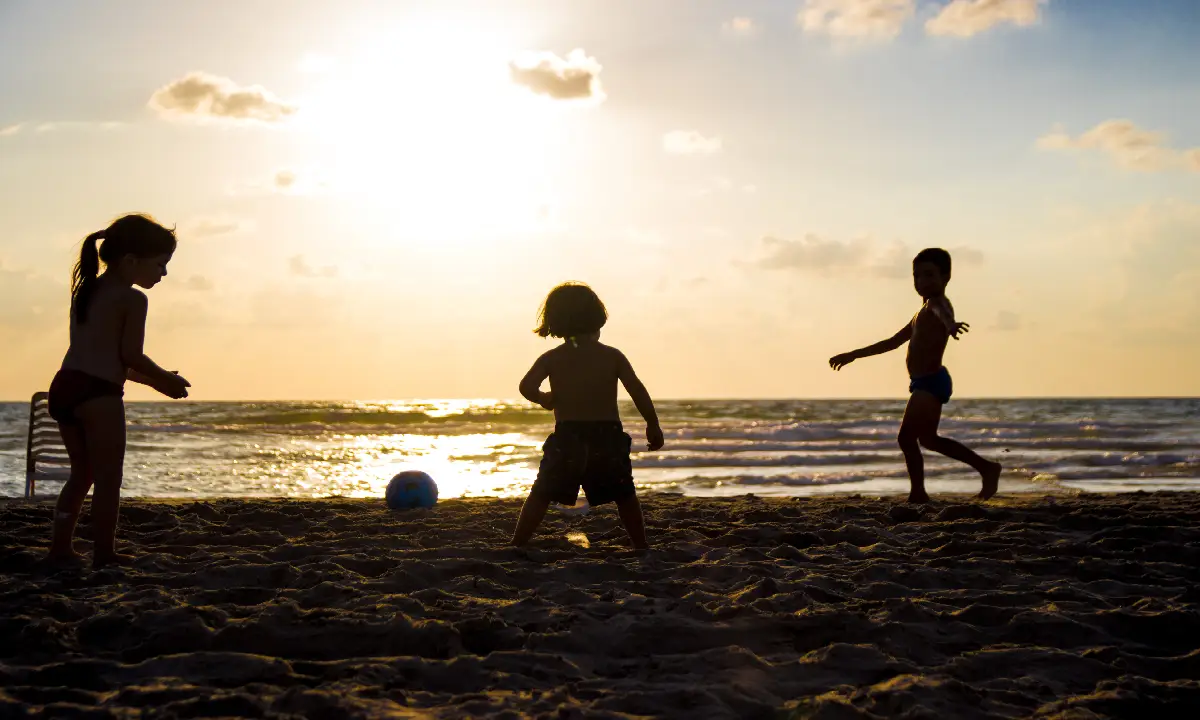
United Nations Children’s Emergency Fund (UNICEF) recently declared that almost every child on earth would be exposed to severe heatwave effect by the year 2050 in their report titled Coldest Year of the Rest of Their Lives - Protecting children from the escalating impacts of heatwaves (Drishti IAS, 2022). The undesirable rise in temperature over particular periods are no longer becoming a surprise in the current scenario and people are witnessing the warmest summers of their life which would further persist. This phenomenon caused by the increased human activities that triggers global warming and climate change had made the livelihood of children worse. UNICEF’s Children’s Climate Risk Index and the Notre Dame Global Adaptation Initiative (ND-GAIN) Index clearly mentions how bad would the children be affected by the climate change impacts in the further years and states this as the reason for the increased number of depressions, traumas, cardiovascular diseases, allergies, etc, in children. The 27th Conference of Parties (COP-27) to the United Nations Framework Convention on Climate Change is responsible for discussing the migitation policies on heat stress like climate finance, climate justice, etc which could be implemented after considering the most vulnerable nations and it’s development status. According to me many other mitigation policies like health centred responses, holistic approach, encouragement of social services, planned dietary patterns, etc could be adopted by the societies and individuals to tackle this catastrophe.
There is a need to ensure that the vulnerable have the resources to adopt the critical social services required to protect them (Drishti IAS, 2022). Countries should take necessary steps to promote social services to save the children from heatwave induced devastation. Social workers uphold their ethical responsibilities by advocating for policies and practices that can create sustainable communities, limit damage to the environment by human activity and help people adapt to a changing climate (NASW, 2022). By implementing proper volunteering schemes to combat factors that lead to climate change, children could be protected to a large extent. Also children who are most likely to get affected by these waves, especially the specially ables ones, and socially and economically backward ones should be under a proper volunteer supervision. Anyone in a high-risk category who is living alone is likely to need at least daily contact, whether by care workers, volunteers, or informal carers (GOV.UK, 2022).
Health centred approch, according to me, is the best idea to help face this big issue with minimal threats. A health-centred response to the coexisting climate, energy, and cost-of-living crises provides an opportunity to deliver a healthy, low-carbon future (Civilsdaily, 2022). Heath care systems must discuss and plan for their role in taking into account the preparation of the local community, healthcare professionals, and healthcare infrastructure, even if the majority of these plans concentrate on the public health response. Health systems could establish more rigorous community-based partnerships to create heat-related emergency response plans that combine traditional heat vulnerability data (such as heat vulnerability maps) with locally derived understanding of the attitudes and practises of the populations most at risk in health care service areas. Children being the section which is more exposed to heatwaves and it’s other consequences, a children centric approach in health care could be adopted. But a holistic approach is also necessary along with this by considering all other factors that come into direct contact with these like the energy sector, economic sector, cultural sector, political sector and most importantly when these sectors focus working on a child centric pattern. It is the way a health-centred response would work – it would reduce the likelihood of the most catastrophic climate change impacts, while improving energy security and creating an opportunity for economic recovery (Civilsdaily, 2022).
At a basic level parents should be more concerned about the diet patterns of children by adding more plant based food in them other that junk and meat based diet that increases the methane levels. Also children should drink enough of fluids like lemon water, coconut water, and fresh fruit juices regardless of their level of activity. When kids go outside, they should always have a water bottle with them. Steer clear of sugary drinks like soda and sports drinks. Consume nutritious foods. Fresh produce, home-cooked meals, and fruits and vegetables should be preferred by kids. They should concentrate on foods that are high in water content, such as cucumber, celery, and bell peppers, as well as fruits like watermelon, melon, and berries.
These steps are mandatory along with other global schemes so that our kids are protected from this hazard.